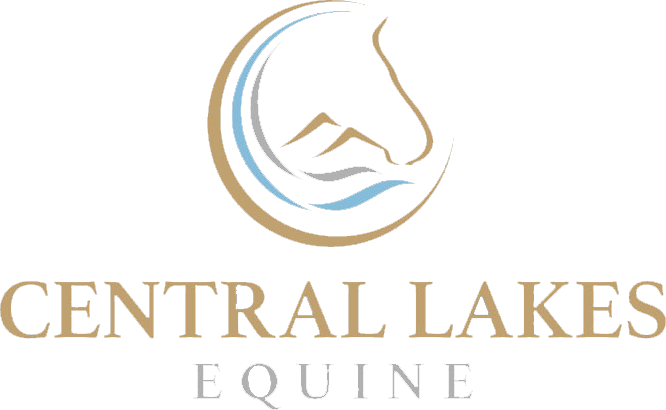Is grass really so bad for my horse?
Last week we discussed the dangers of rapidly growing grass. This week we want to discuss the benefits of grazing grass, as long as we do it safely!
Remember: It is only our job to educate you in nutritional considerations. It is then your job to interpret this and make the correct choices for YOU and YOUR horse!
Grass is a great and affordable source of fibre for your horse. 1-2% of your horse’s body weight should be delivered in fibre a day, so letting your horse graze grass with a length of 4-10 cm is a great way of providing their daily fibre needs.
If your horse is going to graze this lovely autumn flush of grass, then we have outlined some factors that will be different during this time:
Voluntary feed intake:
The grass often gets yummier, so your horses voluntary feed intake increases. This means that during a 24 hour period, your horse will choose to eat more. The grass may also be longer, which allows them to physically get more food in during the same amount of grazing time. I liken this to the equivalent of going to a freshly stocked ‘all you can eat’ Chinese buffet. Firstly you want to put more on your plate as it’s more appetising than if the left overs from the day before were offered(yummy green grass vs dry summer grass). Secondly it’s much easier to put in your mouth with a spoon rather than chop sticks (longer grass is easier to grab than very short blades of grass (chop sticks)).
In conclusion, your horse may eat more grass during this time of year, and is likely to increase body condition score. This may or may not be a good thing depending on your horses body condition and current work load.
Total energy content:
Due to the changes in weather, the grass is likely to have more available energy to your horse than grass during other times of the year. This means that for the same weight of grass eaten previously, more total energy is available to your horse.
Digestibility of the grass:
At this time of year the grass is more digestible and therefore the total energy is more readily available in each blade of grass. This can be a good thing for certain situations, such as an older horse with a poorer dental capacity for grinding, or for a horse that’s in full work and needs more rapidly available energy.
Sugar content:
As discussed previously, sugar content is likely to be higher, and certain grass types can be higher in certain types of sugars such as fructans. This can be a problem for some specific health conditions such as Equine Metabolic Syndrome or horses sensitive to hind gut microbial disturbance, however it can be a bonus to some horses too. For example, it may mean that you can reduce your feed bill by reducing some of the concentrate feed within the bucket to counter act the fact that the horses will be getting more energy from the grass. It can also be of benefit to certain sport horse disciplines where the work load at this time of year may increase.
Summary:
In summary, grass is great. It provides fibre and an energy source to your horses. They love to eat it, and it’s relatively cheap to feed. However, please take into account some of the above points, as to how the grass can be different at this time of year. You can then make good management decision to ensure the best health of your horse going forward. If you know your horse is prone to weight gain, then set a plan in place prior to this occurring. Monitor closely for weight gain! Horses, like us, HATE diets! Good management now will help prevent obesity!
Why might you not want to graze autumn grass?
1. If your horse is overweight
2. If your horse has had previous episodes of hindgut acidosis (e.g. intermittent diarrhoea or behavioural changes)
3. If your horse has any Metabolic disorders: Equine Metabolic Syndrome +/- Cushing’s disease
4. If there is a history of previous laminitic episodes
If your horse has been diagnosed with one or multiple of the above conditions, you need to be careful with feeding rapidly growing autumn grass, as it may worsen the above conditions.
Top tip:
The ‘ideal’ body condition score can be slightly different for individual sport horse disciplines. However, as a general rule, ribs should not be visible but easy to feel under light pressure. Fat deposits around the neck and tail head should be avoided.


